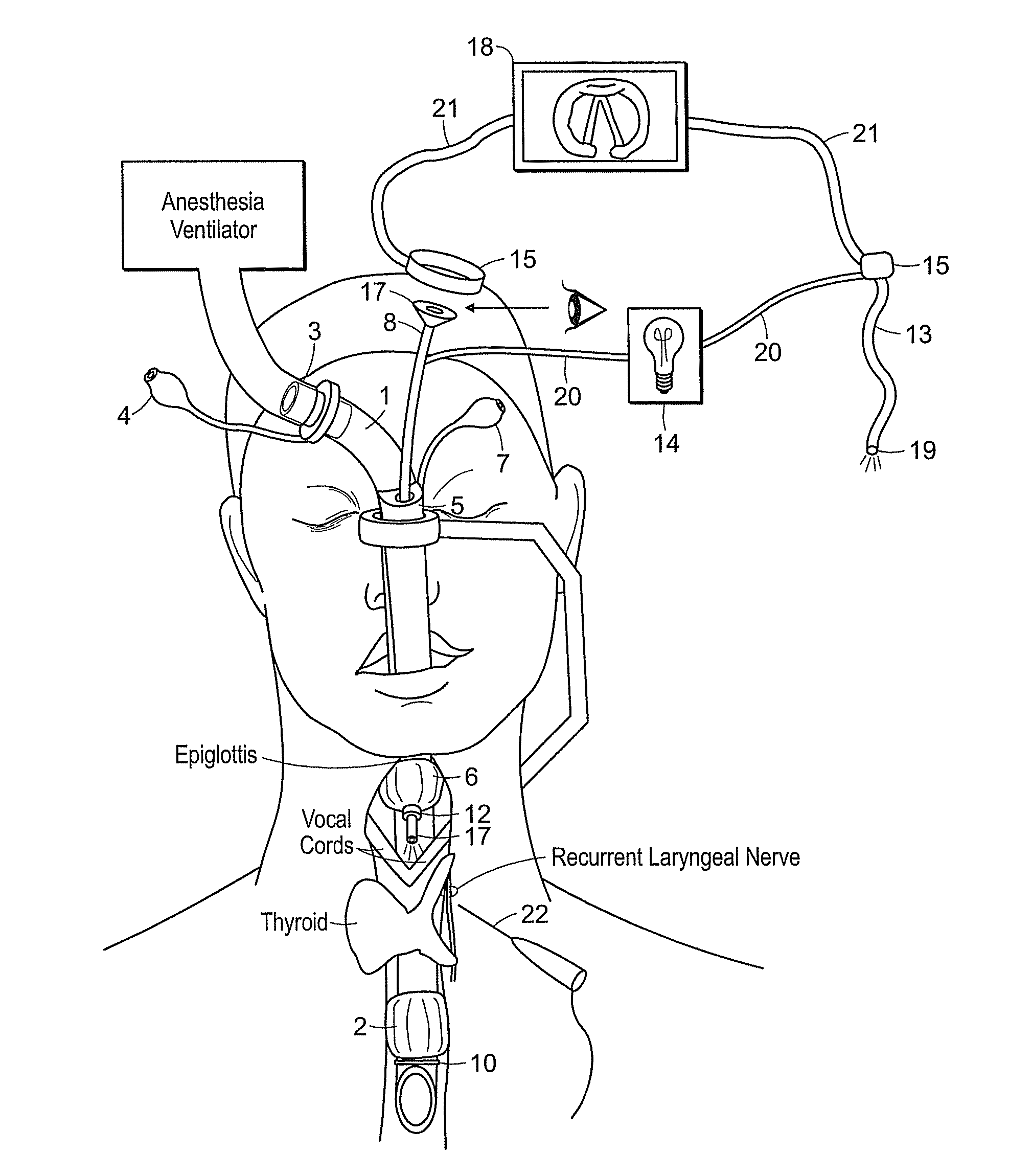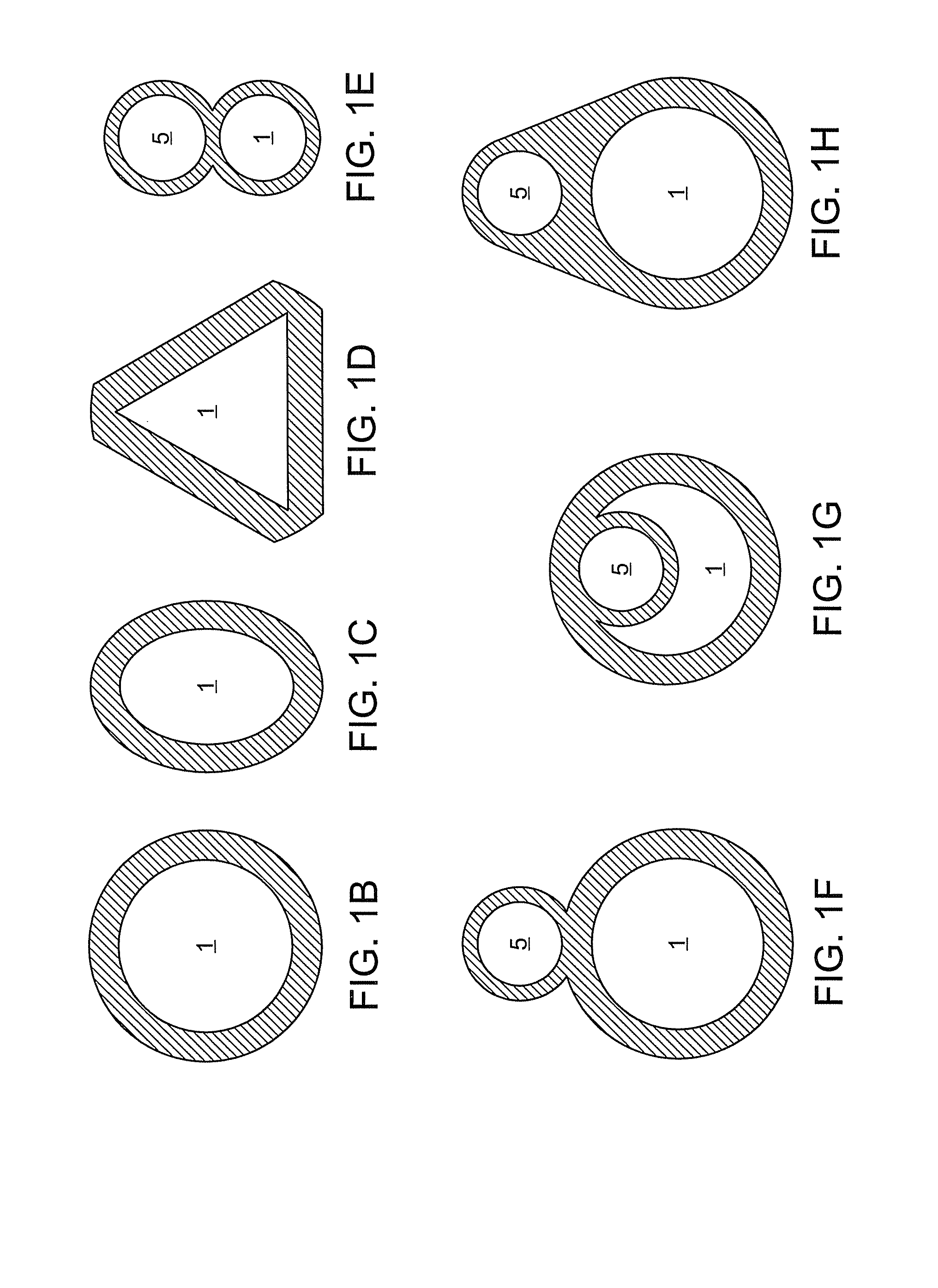Airway management devices, endoscopic conduits, surgical kits, and methods of using the same
a technology of airway management and endoscopic conduit, which is applied in the field of airway management devices, endoscopic conduits, surgical kits, and methods of using the same, and can solve the problems of patient's voice being severely impaired, patient's increased risk of pneumonia, and jeopardizing respiration
- Summary
- Abstract
- Description
- Claims
- Application Information
AI Technical Summary
Benefits of technology
Problems solved by technology
Method used
Image
Examples
Embodiment Construction
[0099]The instant invention is most clearly understood with reference to the following definitions:
[0100]As used in the specification and claims, the singular form “a,”“an,” and “the” include plural references unless the context clearly dictates otherwise.
[0101]A “health care provider” shall be understood to mean any person providing medical care to a patient. Such persons include, but are not limited to, medical doctors (e.g., surgeons, anesthesiologists, anesthetists, and the like), physician's assistants, nurse practitioners (e.g., an Advanced Registered Nurse Practitioner (ARNP)), nurses (e.g., nurse anesthetists), residents, interns, medical students, or the like. Although various licensure requirements may apply to one or more of the occupations listed above in various jurisdictions, the term health care provider is unencumbered for the purposes of this patent application.
[0102]A “subject” shall be understood to mean any organism capable of being intubated. Such organism inclu...
PUM
 Login to View More
Login to View More Abstract
Description
Claims
Application Information
 Login to View More
Login to View More - R&D
- Intellectual Property
- Life Sciences
- Materials
- Tech Scout
- Unparalleled Data Quality
- Higher Quality Content
- 60% Fewer Hallucinations
Browse by: Latest US Patents, China's latest patents, Technical Efficacy Thesaurus, Application Domain, Technology Topic, Popular Technical Reports.
© 2025 PatSnap. All rights reserved.Legal|Privacy policy|Modern Slavery Act Transparency Statement|Sitemap|About US| Contact US: help@patsnap.com



